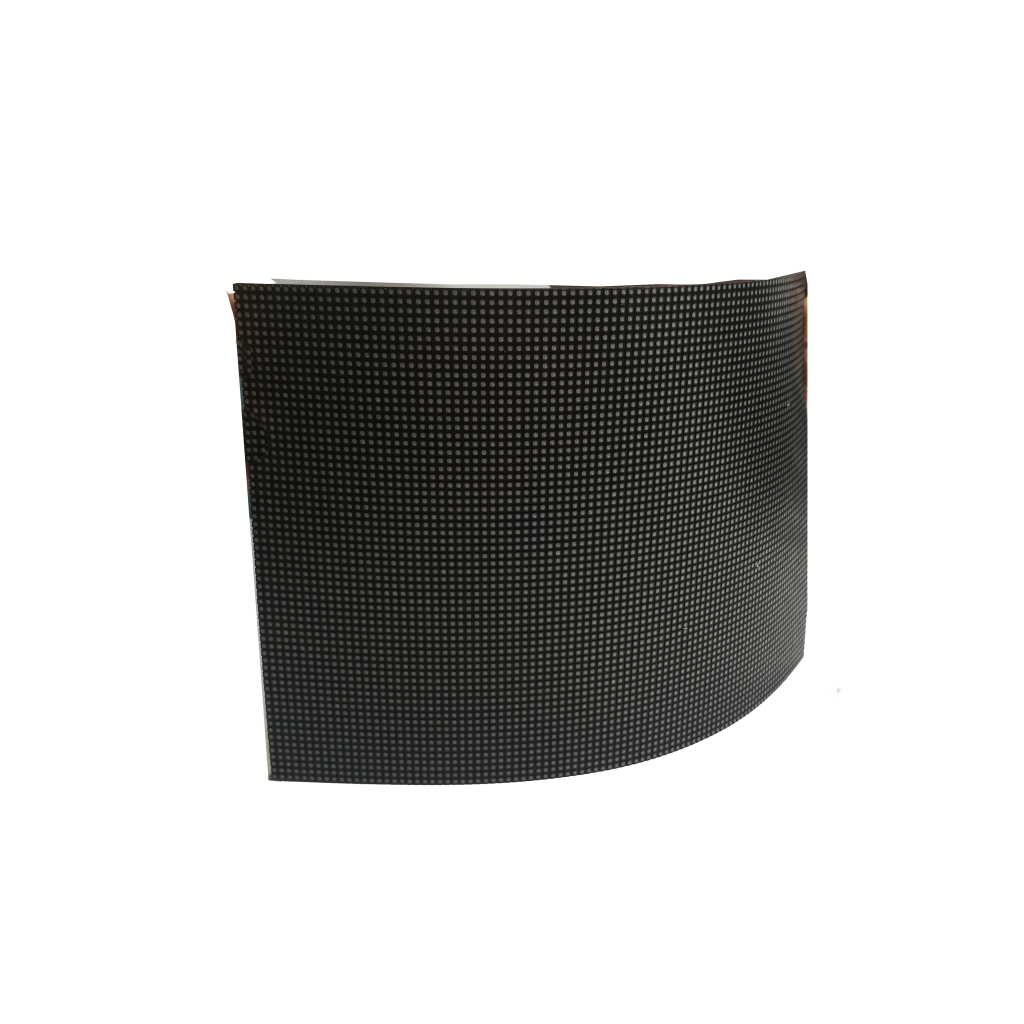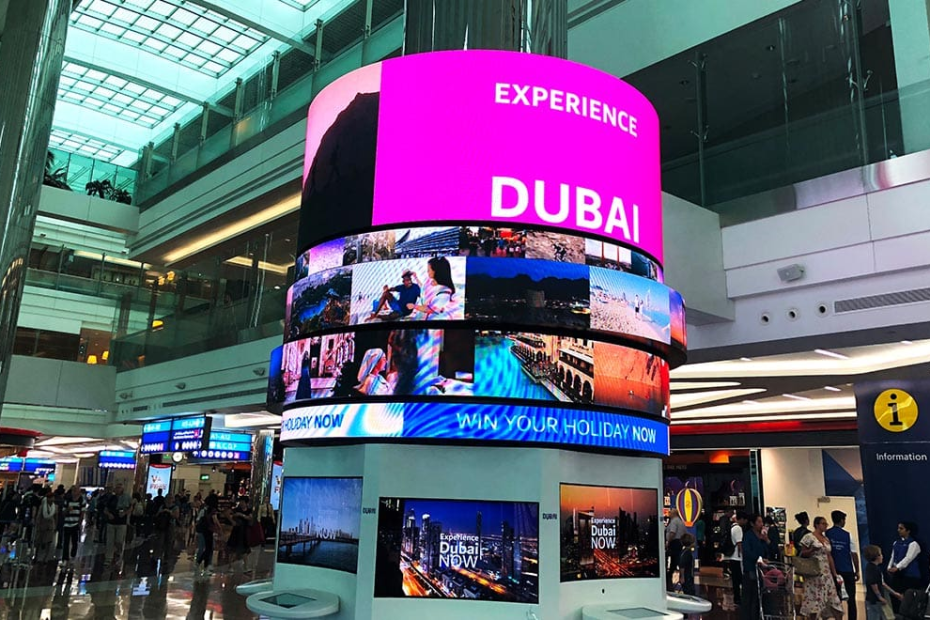Why graphene heat spreaders enable flexible led screen 24/7 mall operation
Graphene heat spreaders enable 24/7 flexible LED screen operation in malls by achieving thermal conductivity of 1,500 W/m·K—5x higher than copper—reducing hotspot temperatures from 70°C to 45°C under continuous use. Samsung’s 2023 trials showed 0.5% pixel failure after 15,000 hours… Read More »Why graphene heat spreaders enable flexible led screen 24/7 mall operation




















